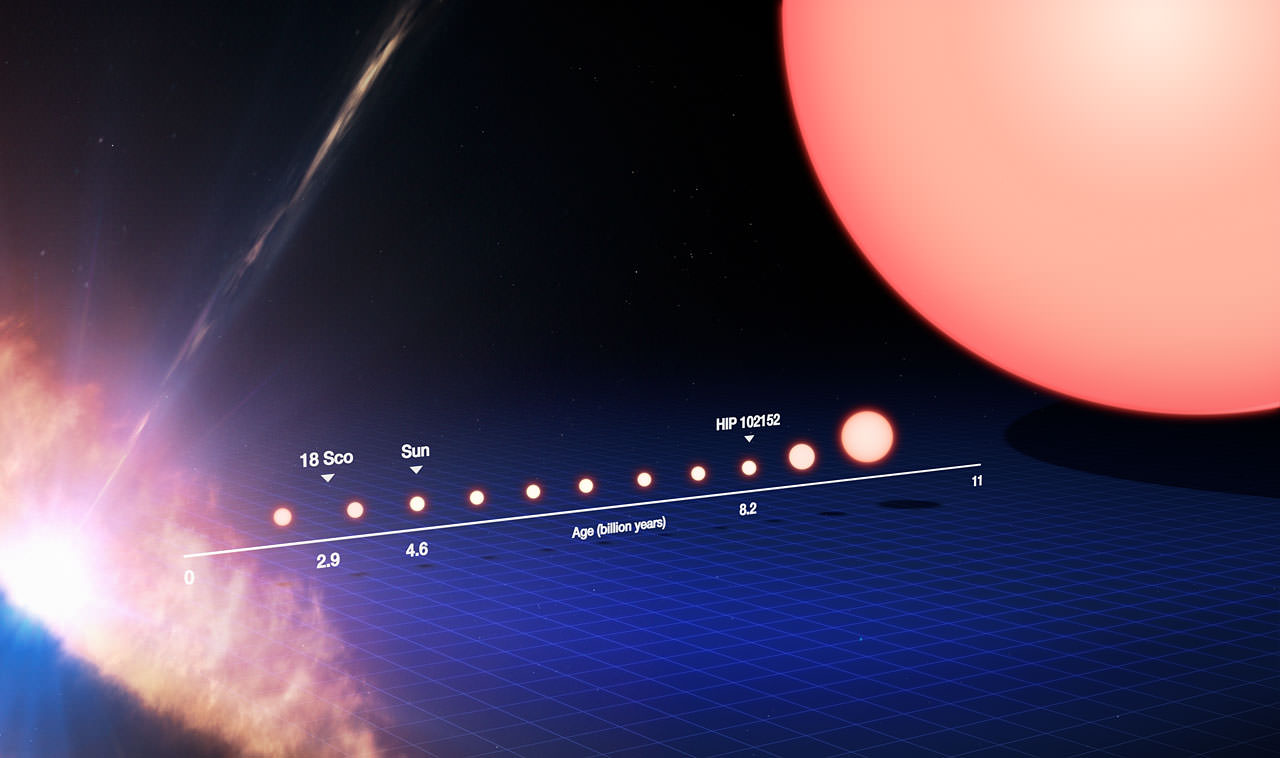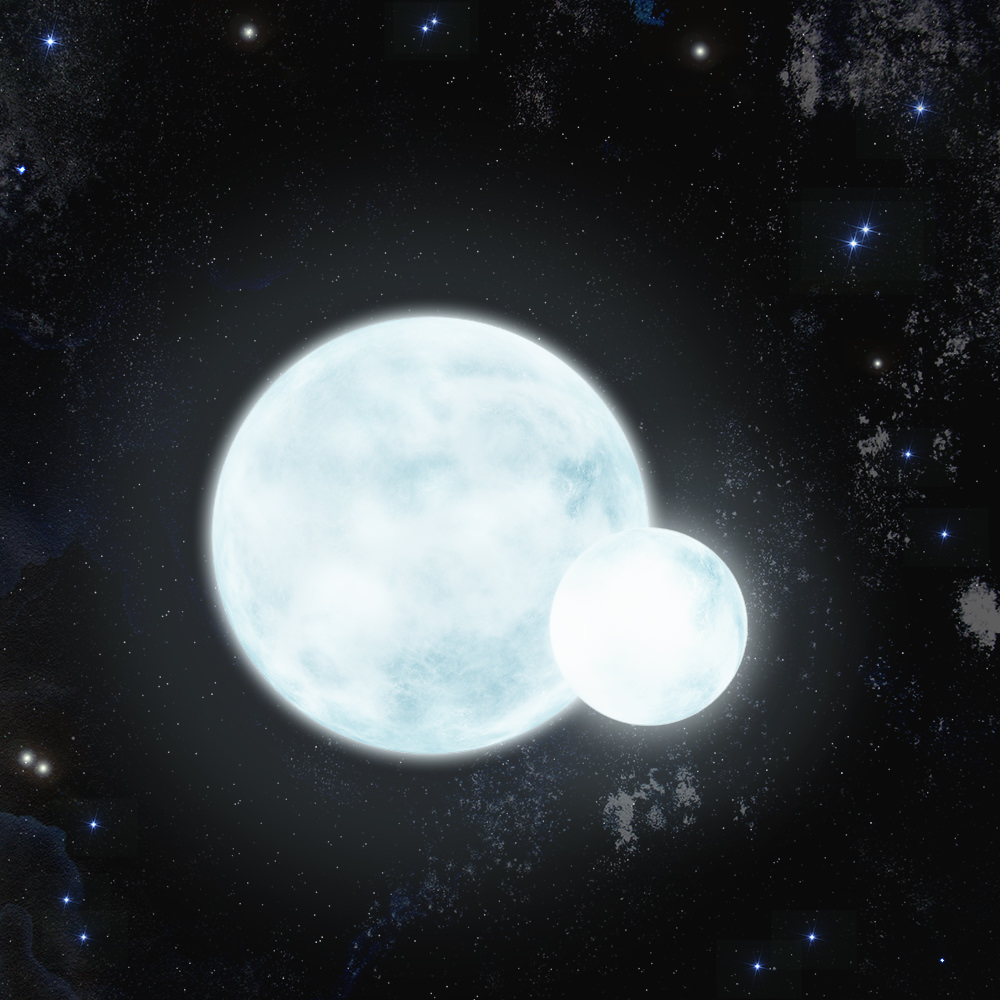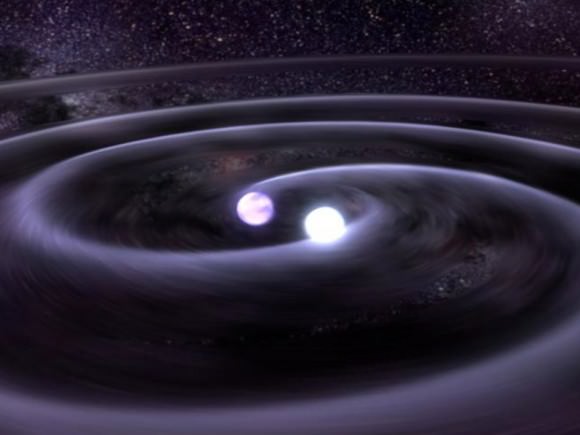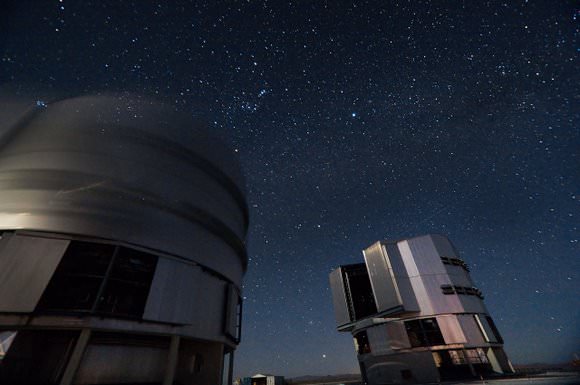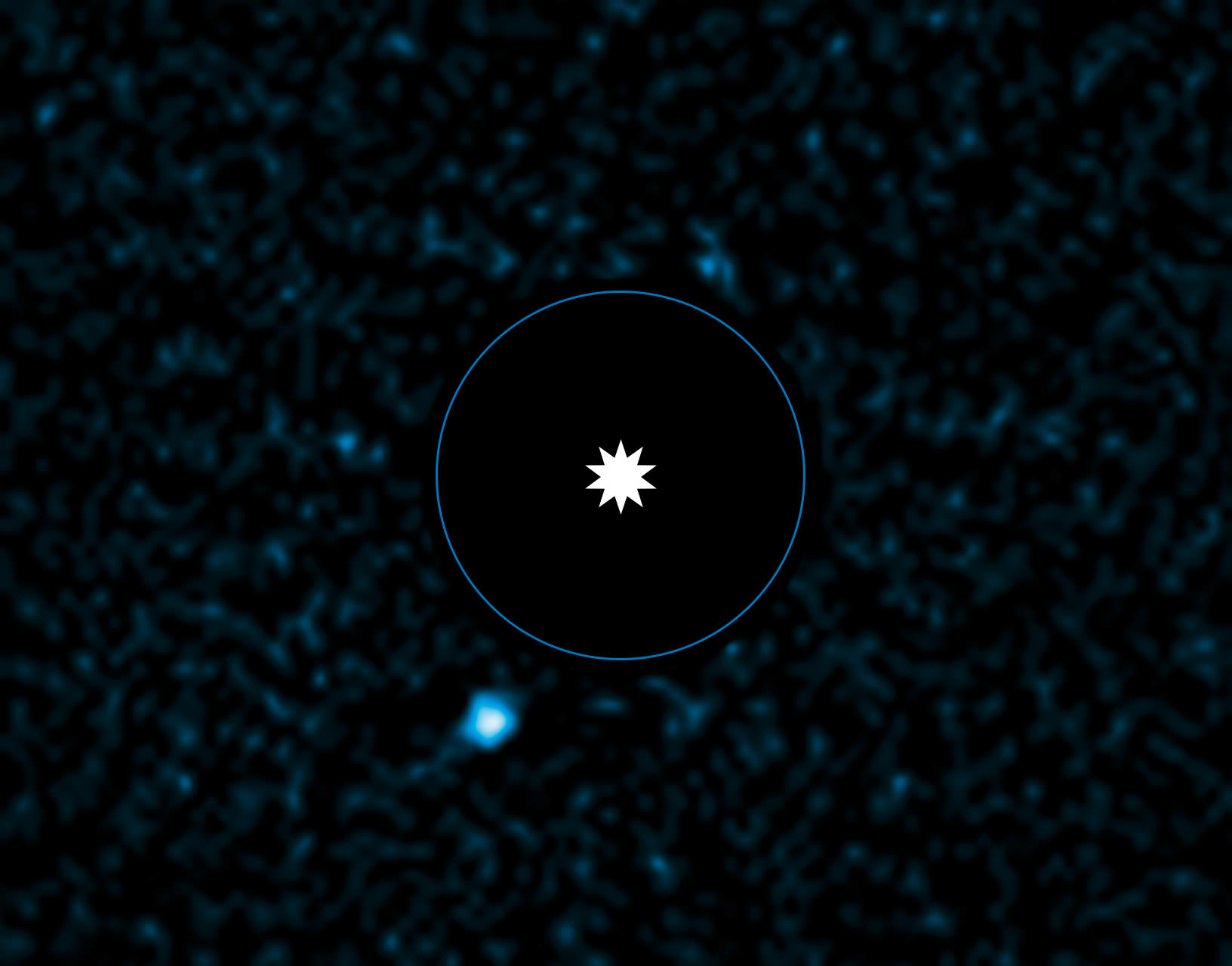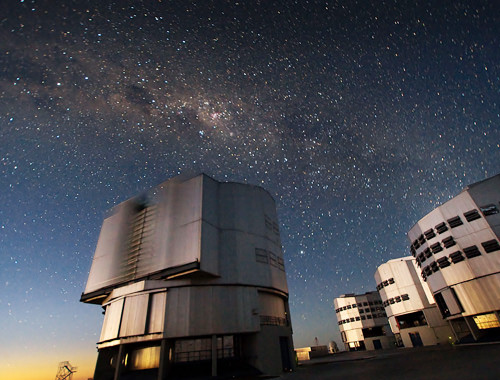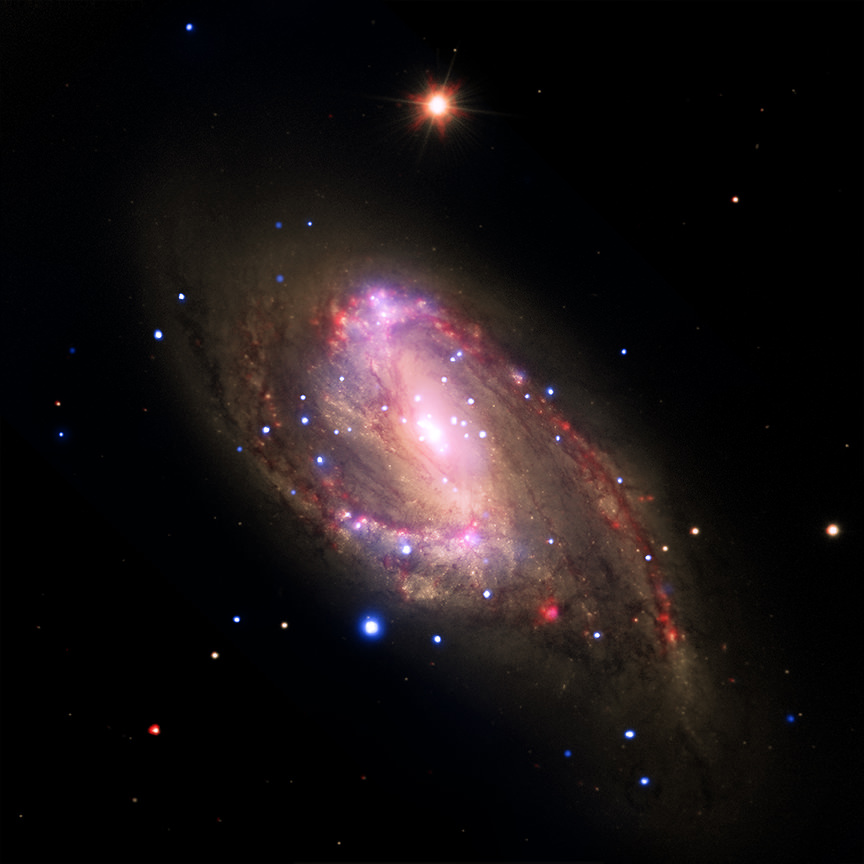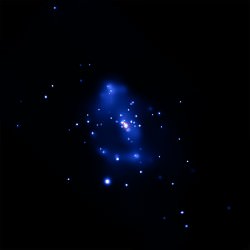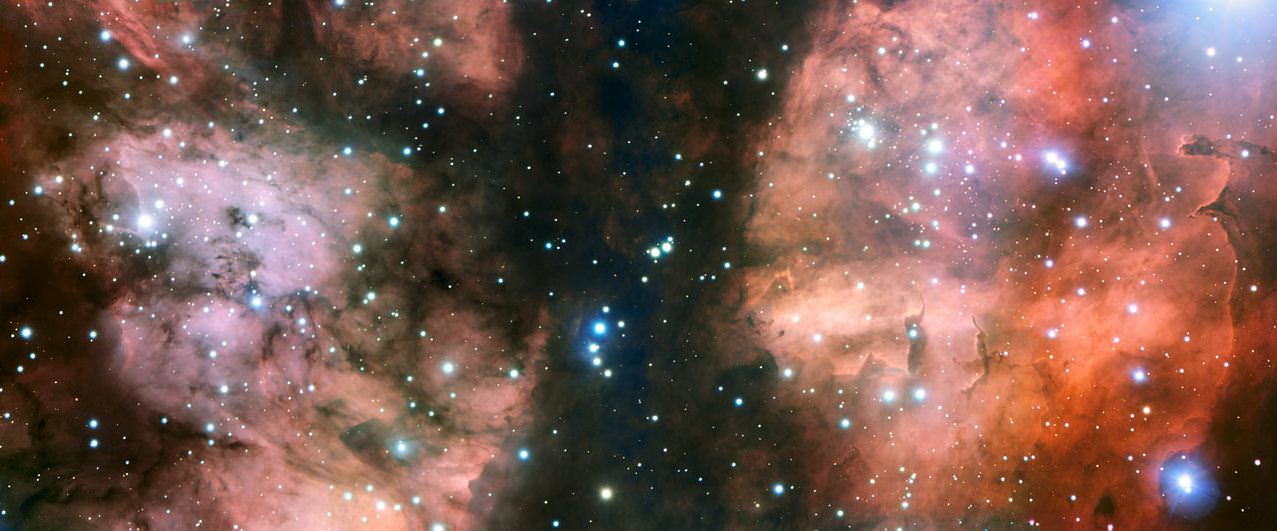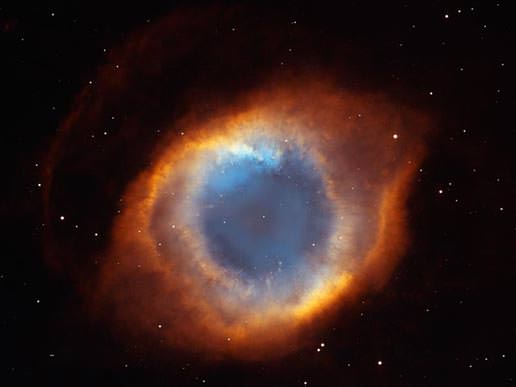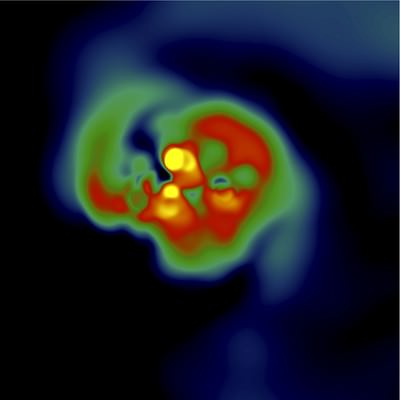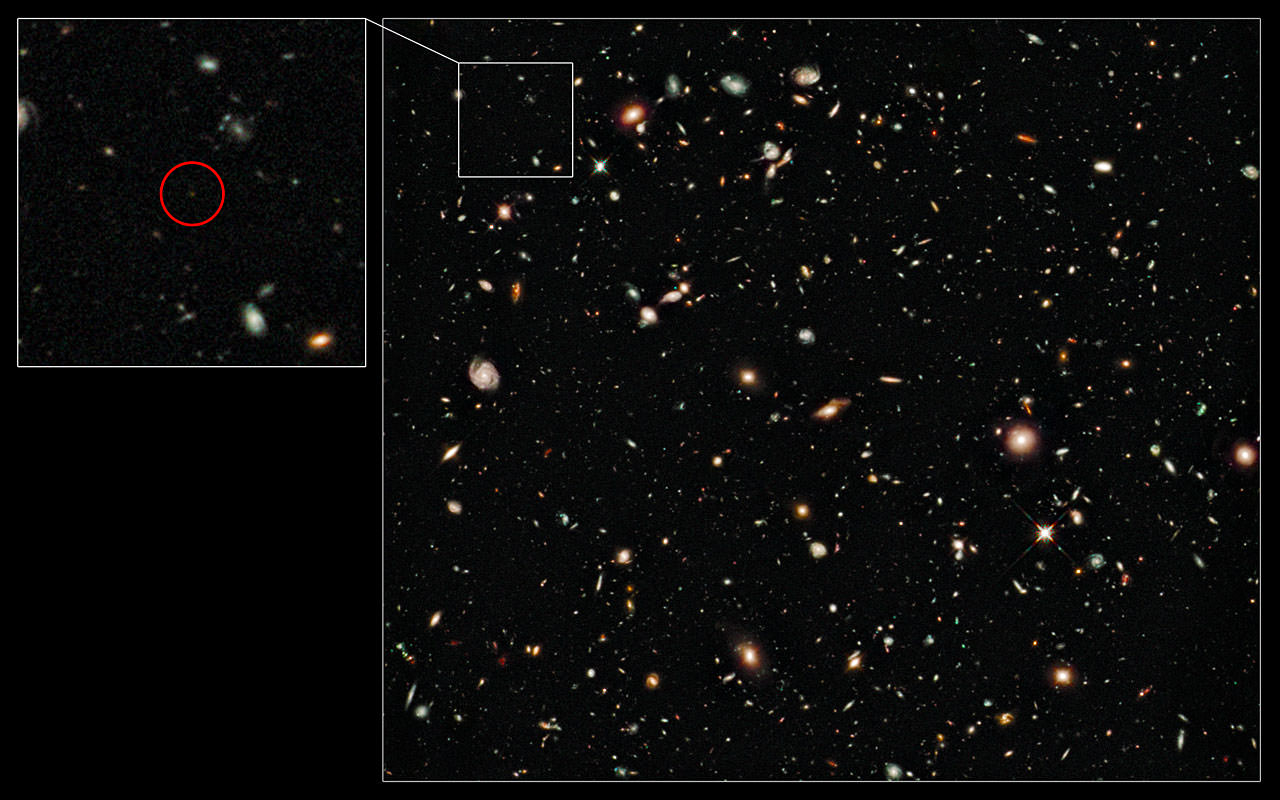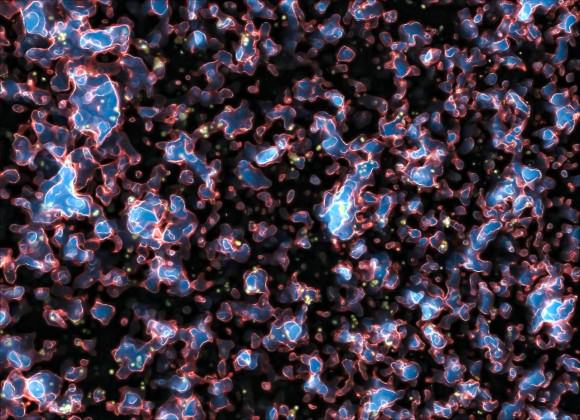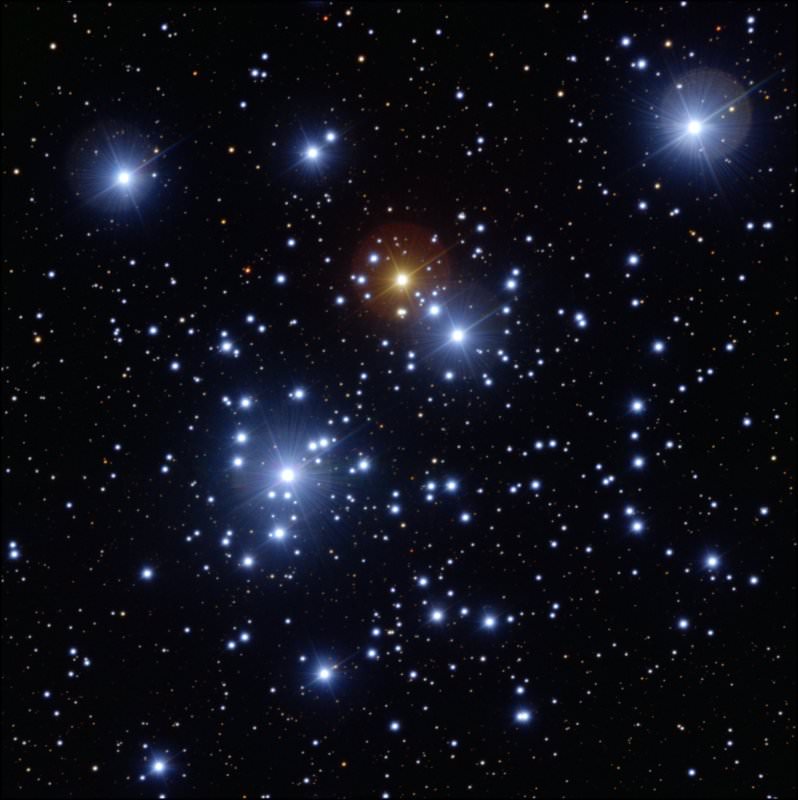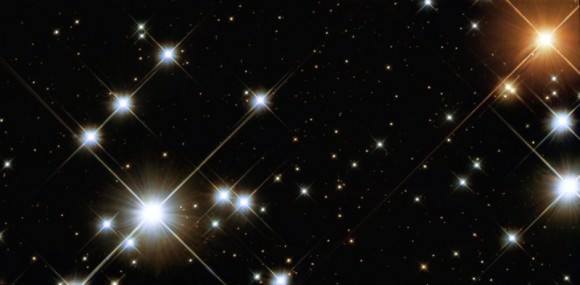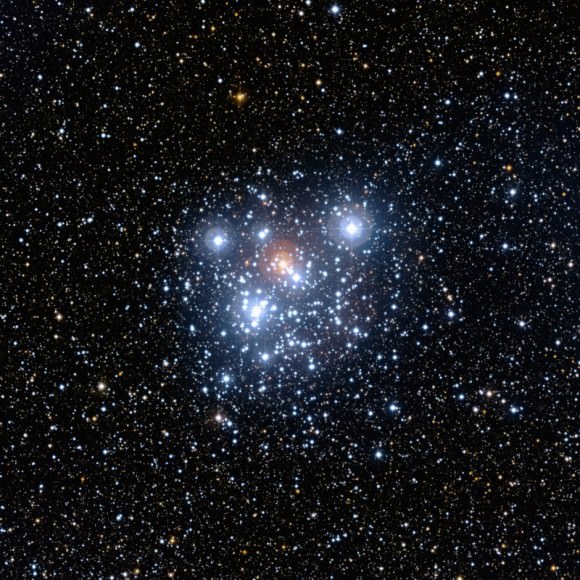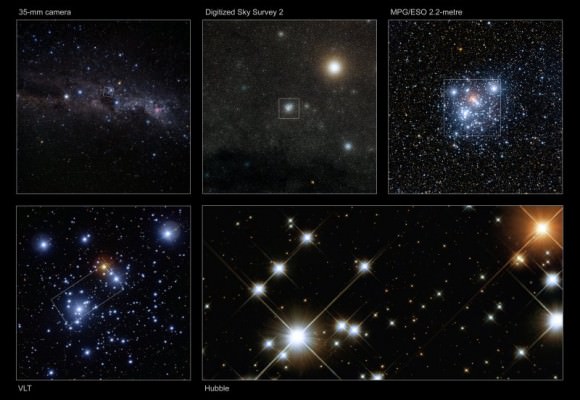If you want a picture of how you’ll look in 30 years, youngsters are told, look at your parents. The same principle is true of astronomy, where scientists compare similar stars in different age groups to see how they progress.
We have a special interest in learning how the Sun will look in a few billion years because, you know, it’s the main source of energy and life on Earth. Newly discovered HIP 102152 could give us some clues. The star is four billion years older than the sun, but so close in composition that researchers consider it almost like a twin.
Telescopes have only been around for a few centuries, making it hard to project what happens during the billions upon billions of years for a star’s lifetime. We have about 400 years of observations on the sun, for example, which is a minute fraction of its 4.6 billion-year-old lifespan so far.
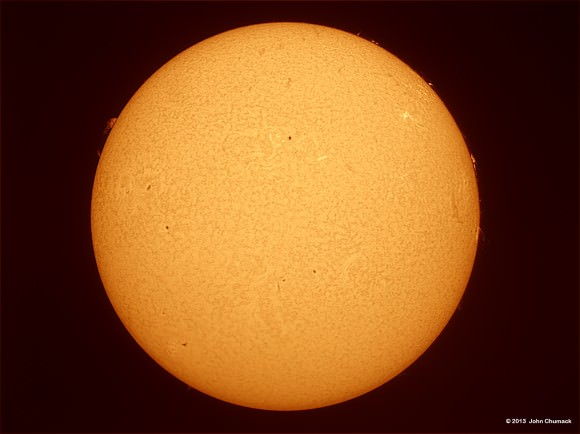
“It is very hard to study the history and future evolution of our star, but we can do this by hunting for rare stars that are almost exactly like our own, but at different stages of their lives,” stated the European Southern Observatory.
ESO’s Very Large Telescope — guided by a team led by the University of Sao Paulo’s Jorge Melendez — examined HIP 102152 with a spectrograph that broke up the light into various colors, revealing properties such as chemical composition. Around the same time, they scrutinized 18 Scorpii, also considered to be a twin but one that is younger than the sun (2.9 billion years old)
So what can we predict about the Sun’s future? One thing puzzling scientists has been the amount of lithium in our closest stellar companion. Although the Big Bang (the beginning of the universe) created hydrogen, helium and lithium, only the first two elements are abundant in the Sun.
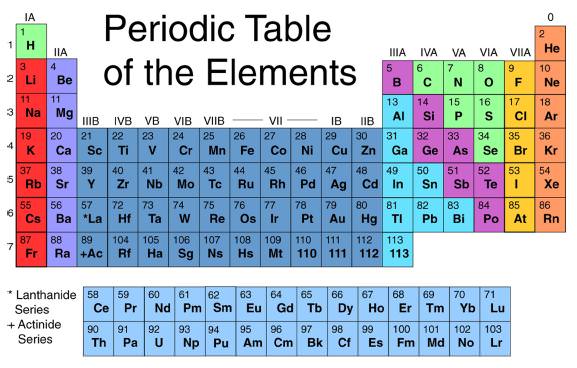
HIP 102152, it turns out, also has low levels of lithium. Why isn’t clear yet, ESO notes, although “several processes have been proposed to transport lithium from the surface of a star into its deeper layers, where it is then destroyed.” Previous observations of young Sun-like stars also show higher levels of lithium, implying something changes between youth and middle age.
The elder twin to our Sun may host another discovery: there could be Earth-sized planets circling the star. Chemical properties of HIP 102152 show that it has few elements that you see in meteorites and rocky planets, implying the elements are “locked up” in bodies close to the star. “This is a strong hint that HIP 102152 may host terrestrial rocky planets,” ESO stated.
Better yet, separate observations showed that there are no giant planets close to the star — leaving room for Earth-sized planets to flourish.
The research is available in a recent edition of Astrophysical Letters.
Source: European Southern Observatory

